Britain & Ireland
Women and social history can be overlooked themes in periods where records tended to focus on money, religion and Kings. While those latter themes are covered in this section so are features on individual women, their relationships with power and how they were able to influence politics and the people around them. Social history is also addressed through the stories of Hermits, soldiers, tax records and revolting peasantry with nobles. Read more
Sort by:
Date (Newest first) | Title A-Z
Show:
All |
Articles |
Podcasts |
Multipage Articles
-
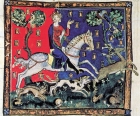
The making of Magna Carta
ArticleClick to view -
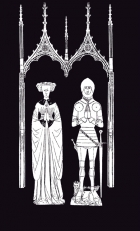
The soldier in Later Medieval England
ArticleClick to view -
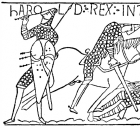
The strange death of King Harold II: Propaganda and the problem of legitimacy in the aftermath of the Battle of Hastings
ArticleClick to view -
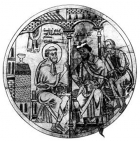
Thomas Parkinson: the Hermit of Thirsk
ArticleClick to view -

Towards Reform in 1809
ArticleClick to view -
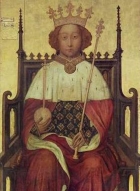
Was Richard II Mad? An evening with Terry Jones
ArticleClick to view -

Welsh archers at Agincourt: myth and reality
ArticleClick to view -
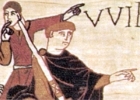
William the First and the Sussex Rapes
ArticleClick to view -

Willington and the Mowbrays: After the Peasants’ Revolt
ArticleClick to view -
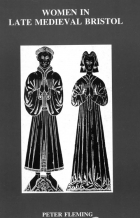
Women in Late Medieval Bristol
ArticleClick to view -

Woodland in the East Staffordshire landscape
ArticleClick to view -
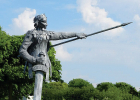
Æthelflæd, Lady of the Mercians, 918-2018
ArticleClick to view -

‘A little bird told me’: spies and espionage in the early medieval world
ArticleClick to view

